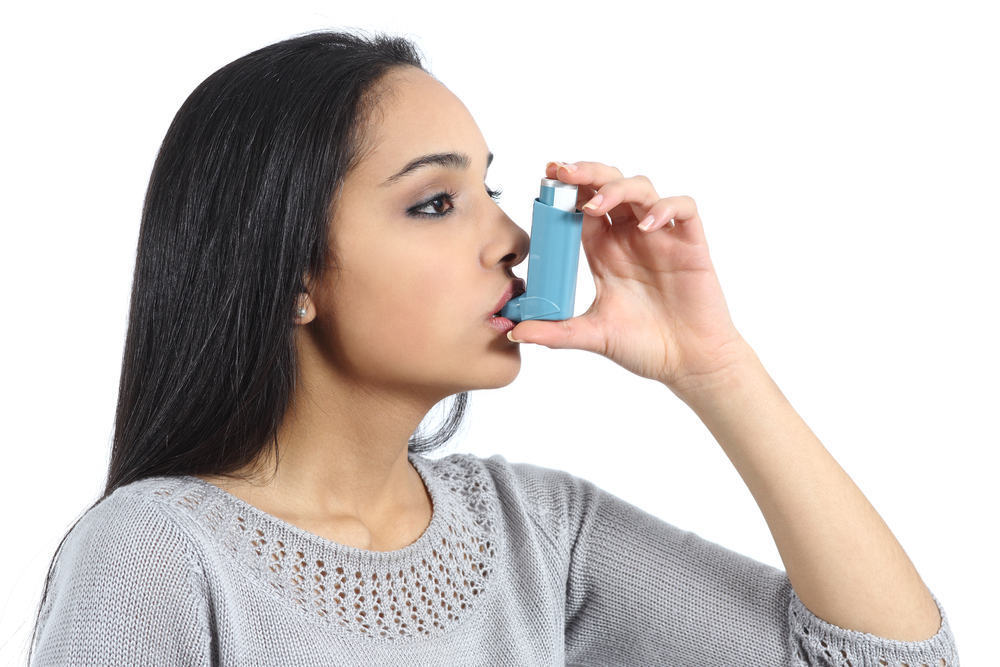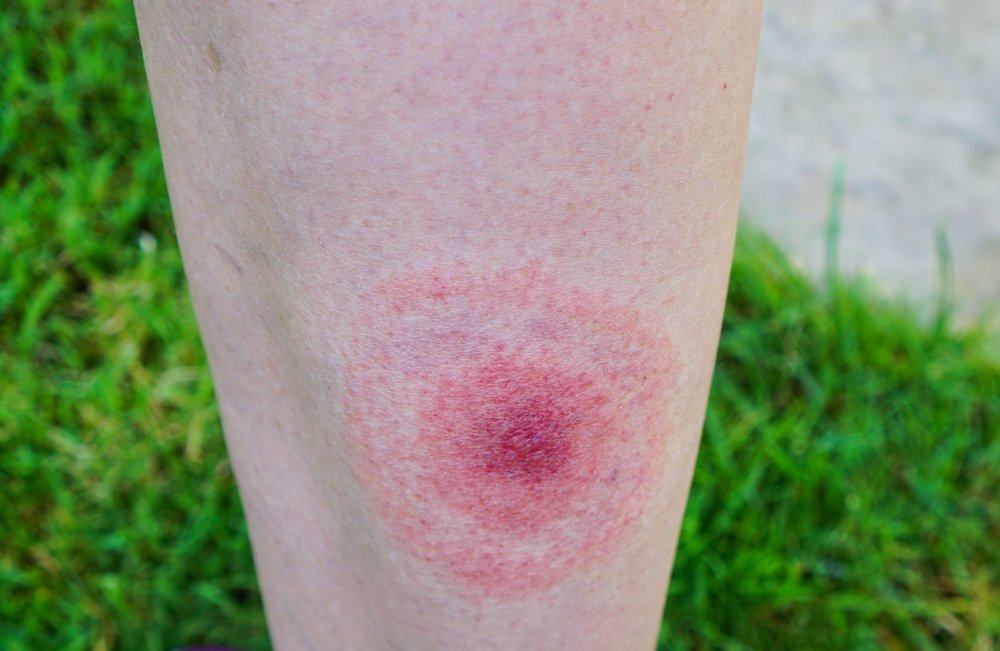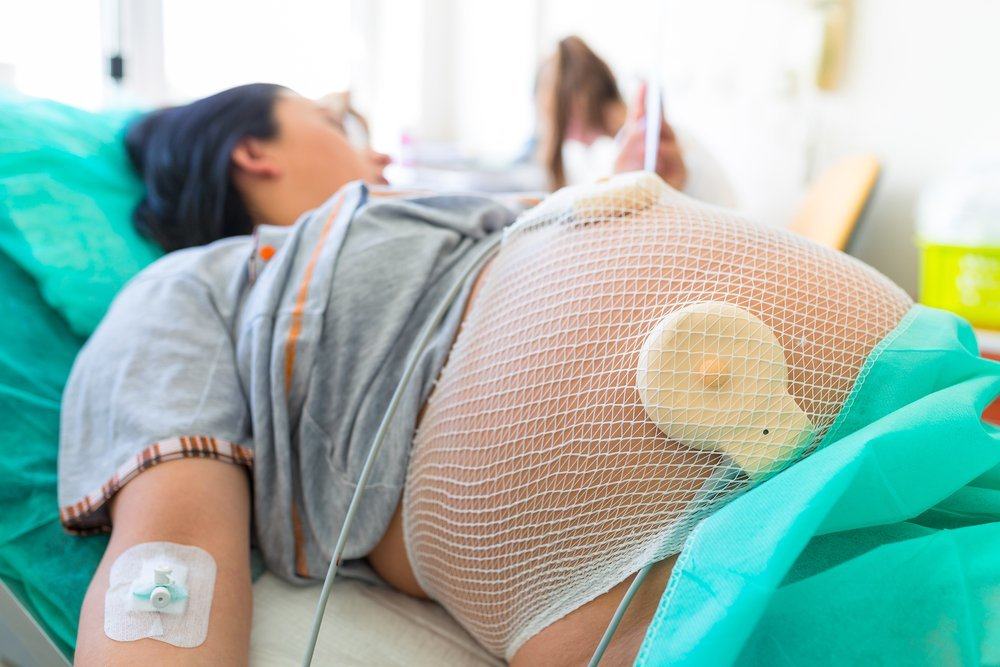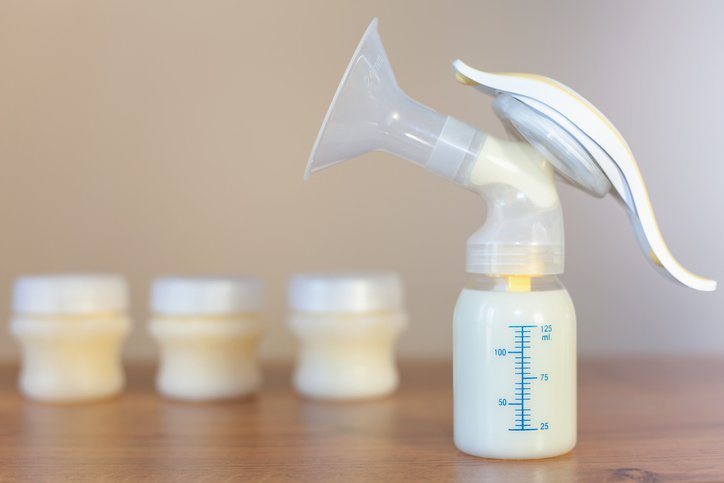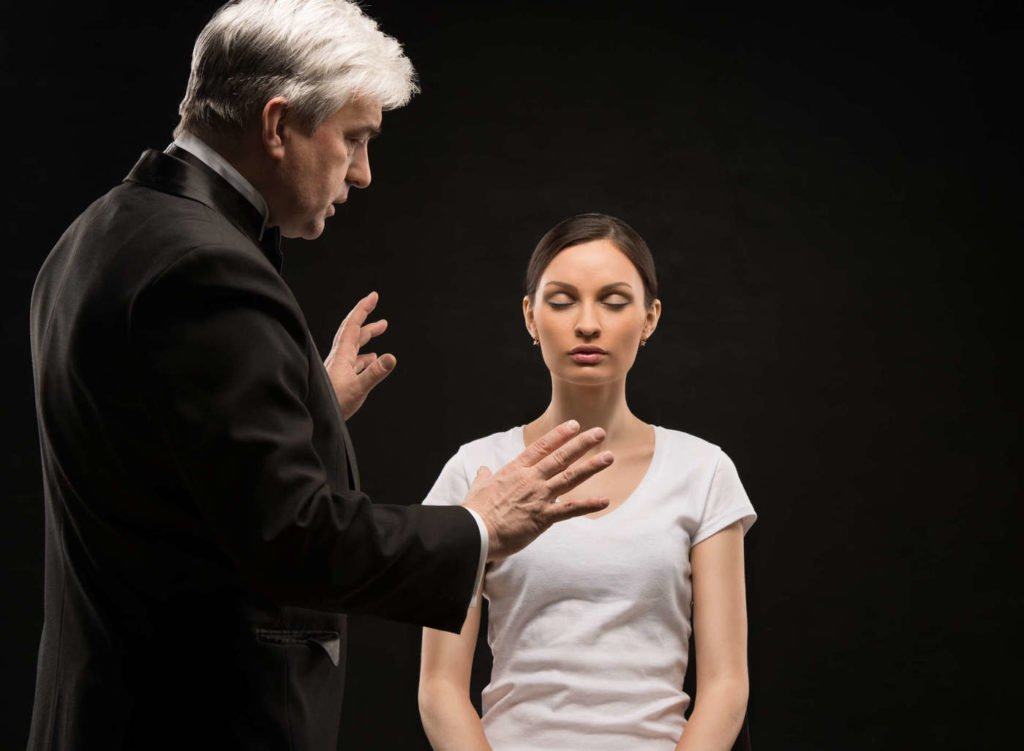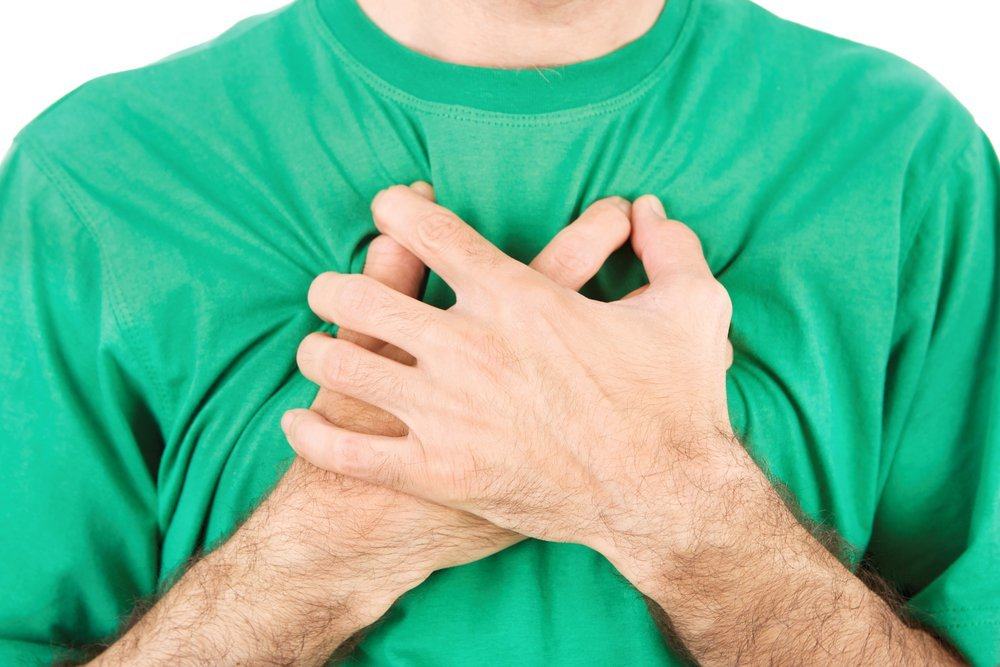Contents:
- Medical Video: Asthma Symptoms & Treatments : Differences Between Asthma & Bronchiolitis in Children
- How is asthma in children?
- How is asthma in adults?
- What are the similarities between asthma in children and adults?
- What is the difference between asthma in children and in adults?
- What treatment is used?
- How to know if a child has asthma
- Make a plan for handling asthma
Medical Video: Asthma Symptoms & Treatments : Differences Between Asthma & Bronchiolitis in Children
Asthma is a chronic disease that causes swelling and inflammation in the lungs. According to WHO, more than 235 million people have asthma. It also becomes a common disease in children.
Asthma in children and adults is the same disease. They have many similarities in their symptoms, and the same treatment can also be used to treat both. However, children with asthma face different problems than adults.
How is asthma in children?
According to the American Lung Association, 7.1 million children under 18 suffer from asthma. More than 4 million children experience an asthma attack every year. In fact, asthma is the third highest cause of hospital admission in children, at least in America, who are 15 and under. Fortunately, deaths associated with asthma in children are quite rare.
How is asthma in adults?
Asthma is very common in children, but this disease can appear at any time in your life. Not surprisingly, there are people who are 50 years old newly diagnosed with asthma.
In more than 30% of adults who get asthma, it is usually caused by allergies. This is a type of asthma that is related to allergens. Allergens are substances that don't hurt but cause an immune reaction in sensitive people.
Allergies are very common at any age. Children may not feel asthma caused by the exposure to allergens when they are small. But over time. The body will have a different reaction when the allergen enters the body. This can lead to asthma in adults.
What are the similarities between asthma in children and adults?
Doctors and researchers don't know exactly what causes a person to have asthma. Allergies can cause symptoms and asthma attacks. Research suggests that genes also play a role, just like the environment. The exact reason for this is still completely unclear.
Asthma in children and adults has many of the same triggers. For asthma of all ages, exposure to the following triggers can cause an asthma attack:
- Cigarettes
- Mushrooms and mosses
- Air pollution
- Mite
- Cockroaches
- Pet fur or saliva
- Respiratory infections or cold air
- Cold temperature
- Dry air
- Emotional stress or excitement
- Sports
Cigarette smoke is also dangerous for children. Approximately 1 million children with asthma have experienced an asthma attack caused by cigarette smoke.
What is the difference between asthma in children and in adults?
Children diagnosed with asthma have irregular symptoms. Sometimes allergens can cause asthma attacks, and sometimes they don't.
In adults, symptoms are usually more consistent. Daily treatment is usually needed to continue to control symptoms and asthma attacks.
Children who are diagnosed with asthma will usually realize that their asthma symptoms will usually completely disappear or improve during puberty. Around the age of 20, they will re-realize that the symptoms reappear in a short time before disappearing again. The cycle of emergence and loss of symptoms will continue until someone is 30 or 40 years old.
What treatment is used?
Both children and adults can use one or both of the most common asthma treatments. This treatment is emergency medicine and long-term treatment.
Emergency treatment is designed to relieve symptoms caused by allergic attacks.
Long-term treatment is made to relieve inflammation and swelling for a long period of time in order to prevent allergic attacks. Long-term treatment is usually done every day for a month, even a full year.
Most children and adults who have asthma will use a combination of these treatments to treat their asthma.
How to know if a child has asthma
Asthma causes inflammation and constricts the respiratory tract. Narrowing of the airways causes chest tightness and difficulty breathing.
Other symptoms of asthma are:
- Wheezing
- Cough
- Nasal congestion
- Pain in the chest
- The amount of mucus in the respiratory tract
- Pressure on the chest
- Shortness of breath after exercise
- Difficulty sleeping
- Delayed healing from respiratory infections, such as flu or fever
If you think your child's symptoms are asthma symptoms, make an agreement with your doctor. Asthma that is not treated as a child can have a long impact. For example, children with untreated asthma tend to have less stamina when exercising than children who do not have asthma. This can prevent children from becoming active. Children with asthma must remain active. Many athletes who have asthma can become successful athletes in their careers even with such conditions.
Make a plan for handling asthma
Both adults and children need to plan asthma management. A summary of this plan covers what drugs you or your child should consume, and when to use them. This plan also details how to act when asthma cannot be controlled. These instructions will help your friends, relatives, teachers, or caregivers to know when it's time to seek emergency help for you or your child.
To make this plan, discuss your treatment options with a doctor. Write when it's time to improve treatment to be even more intense when your symptoms appear. Plan what you will do when an asthma attack comes. Discuss what triggers can be avoided and what is the best way to avoid them. Share this plan with friends, relatives, and anyone who cares about your child. Together, you will be successful in dealing with asthma and hopefully avoid complications in the future.

